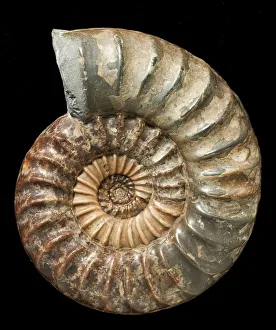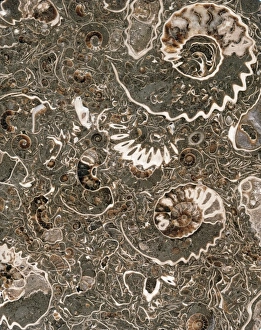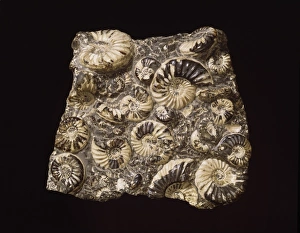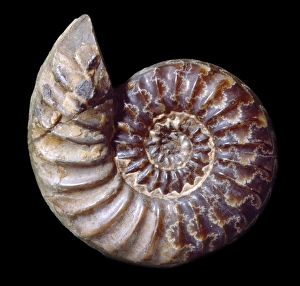Arietitidae Collection
"Arietitidae: Unveiling the Majestic World of Fossil Ammonites" Step back in time and explore the captivating world of Arietitidae
All Professionally Made to Order for Quick Shipping
"Arietitidae: Unveiling the Majestic World of Fossil Ammonites" Step back in time and explore the captivating world of Arietitidae, a family of ancient ammonites that once roamed the oceans. Among them, Asteroceras stands out with its intricate beauty. With its subquadrate whorls adorned by transverse ribs and low keels in triplicate, separated by longitudinal grooves, it is truly a sight to behold. Imagine holding an Ammonite fossil C016/5969 in your hands – a window into prehistoric life frozen in time. These fossils provide us with invaluable insights into Earth's history and evolution. Ammonite marble showcases nature's artistic prowess as these stunning stones bear the imprints of long-extinct creatures. The delicate forms of Asteroceras and Promicroceras ammonites are etched onto this unique material, creating mesmerizing patterns that captivate all who gaze upon them. Fascinatingly diverse, ammonites come in various shapes and sizes. Their spiral shells tell tales of their existence millions of years ago. Some even serve as memorial stones, preserving the memory of loved ones forever within their fossilized embrace. The selection is vast when it comes to ammonite fossils used for decorative purposes or scientific study alike. Each piece holds its own story waiting to be discovered – from Asteroceras obtusum to Asteroceras marstonensis and Promicroceras; each one tells a tale from our planet's distant past. As we marvel at these ancient treasures, let us remember that they were once living beings inhabiting an oceanic realm vastly different from our own. Through Arietitidae fossils like those found among Ammonite marble or memorial stones, we can connect with our planet's rich history while appreciating the beauty left behind by these magnificent creatures called ammonites.









